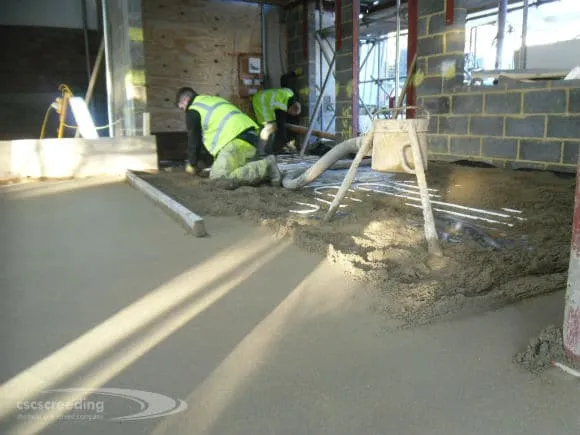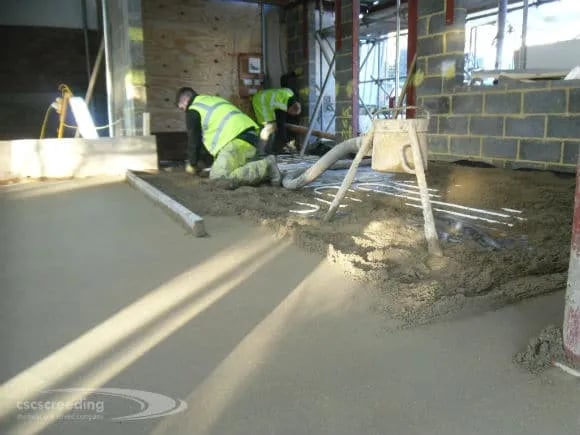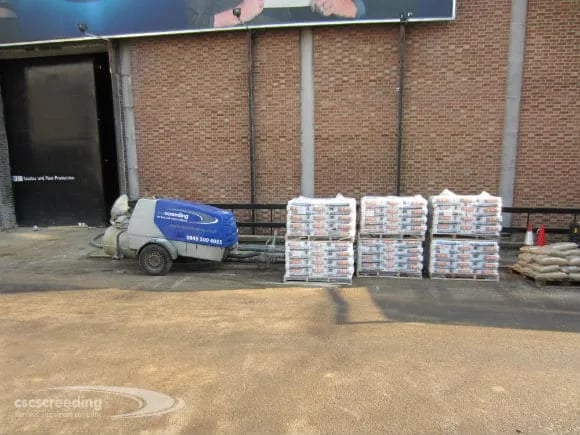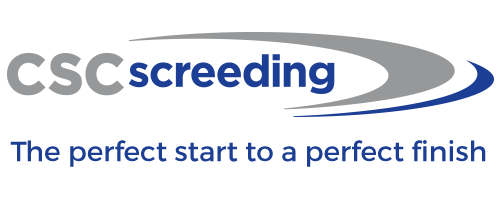
Choosing the Right Screed

The right screed will help you get a perfectly level and flat floor
Choosing the right floor screed.
Choosing the right screed system for the job – is it really that difficult? Surprisingly, it is. And that is because the screed options available today diverge considerably from the traditional cement-based screed. Furthermore, not only each type of screed has its own place; screeding contractors also require manufacturers to develop new screed formulations, according to specific tasks. Here is how specialists choose screeds based on screed characteristics and project specifications.
Traditional floor screeds
Traditional screeds basically consist of cement and sand, at a ratio of 1:3, 1:4, or 1:5. The cement and sand are combined with potable water to obtain a workable mixture. Traditional screed drying times vary according to temperature, relative humidity, ventilation, screed depth, and admixtures used. Coming down to screed depth, standard screeds are put down at a 75mm thickness and take up to 110 days to dry completely. As low temperature, high relative humidity, and lack of ventilation may prevent water from evaporating from the screed surface, screeds may require more time to dry optimally.
Today, four traditional floor screeding constructions are available:
- bonded screeds – screeders use a bonding agent to bond the screed to the concrete slab;
- unbonded screeds – unbonded screeds are installed on top of Damp Proof Membranes (DPMs) or polyethylene sheets, laid on the concrete slab;
- floating screeds – applied to insulation, these screeds are typically used in underfloor heating in residential flooring;
- underfloor heating screeds – installed on top of underfloor heating pipes, these screeds have been especially developed to increase the efficiency of underfloor heating systems.
Free-flowing anhydrite screeds
These screeds come with a number of advantages. To begin with, free-flowing anhydrite screeds can be installed at reduced thicknesses, drying much faster than traditional screeds, which can save constructors a lot of time. Additionally, specialists can use free-flowing anhydrite formulations to screed up to 1500sq.m in one day, which makes them ideal for large projects. Versatile and characterised by high compressive and flexural strength along with a low shrinkage rate, these screeds can be used in homes, schools, hospitals, and shopping centres.
Fast-drying screeds
Especially formulated with admixtures that minimise water content, fast-drying screeds can be applied at reduced depths compared to traditional screeds, develop early strength, and can dry in as little as 72 hours of the installation. Furthermore, these screeds deliver superior compressive strength and provide greater compaction around underfloor heating pipes, which makes them appropriate for heavy traffic and underfloor heating.

The project size and timelines will help determine the type of screed
When choosing screeds, experts consider a series of factors, including the size of the project, timelines and budget allotted, the degree of flatness and levelness required, and the properties of the substrate, including residual moisture. For more than 27 years, our specialists at CSC Screeding have never failed to exceed expectations, regardless of whether they have worked on new-build or renovation, small or large flooring projects.
